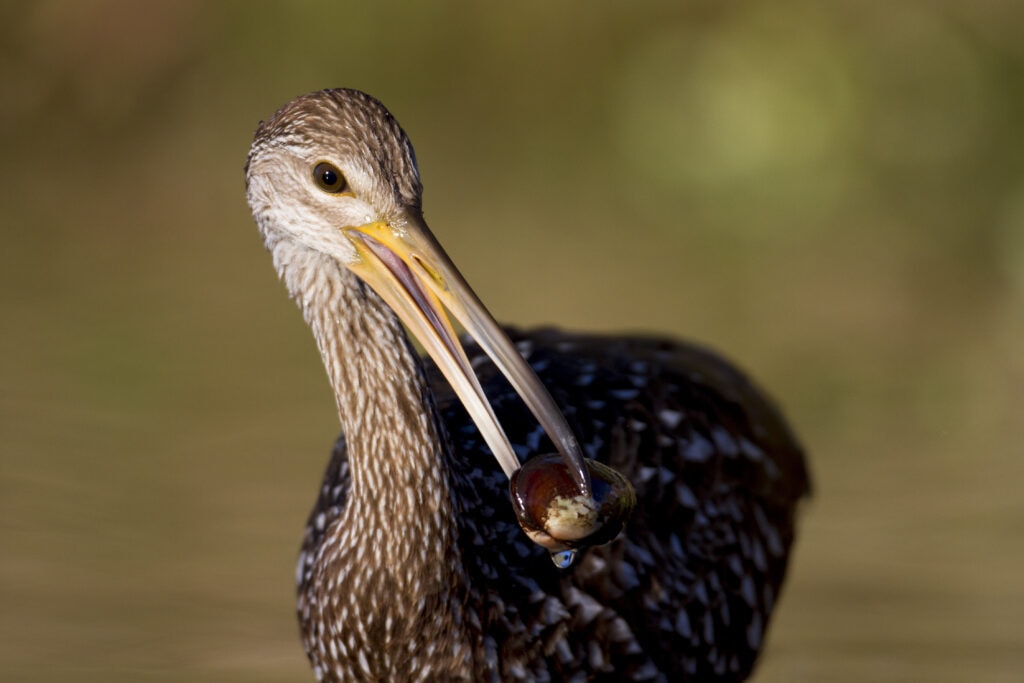2023 has been a fascinating year for vagrant bird sightings. Some notable incidents include the apparent expansion of as many as dozens of Anhingas into New York, a first-of-its-kind visit by a Flame-colored Tanager in Wisconsin, a Pink-footed Goose in Michigan, and a Hoopoe in Northern Ireland. While fascinating, vagrancy is fairly common. All of these sightings afforded local birders with a rare opportunity, but the occurrence of vagrancy, especially during the migration season, is not itself a rare thing. But what about two unusual sightings of the same species in completely different states?
Related Article: The American Kestrel: The Puzzling Decline of a Common Bird
That is what has happened this month in Pennsylvania and Colorado. Both states have welcomed an unexpected visitor by the name of the Limpkin. Limpkins are tall wading birds described as looking like something in between a crane and a rail. They are more widespread in South and Central America, but they do have a limited range in tropical portions of the Southern United States, especially Florida.
The July 7th sighting of a Limpkin in Lancaster County, Pennsylvania was the first Limpkin sighting on record in all of Pennsylvania. The bird was sighted at Middle Creek Wildlife Management Area in Clay Township, bringing throngs of birders from all over the state, eager to add a historical tropical visitor to their life lists.
Birders in Colorado might relate to that feeling. Two days prior on the 5th of July, a Limpkin was seen in El Paso County in Colorado near Ramah State Wildlife Area, just outside of Colorado Springs. Just like the Pennsylvania Limpkin, this sighting generated excitement amongst Colorado birders looking to spot an unusual visitor.
So why did a Limpkin show up in both of these states, far outside of its typical range? The answer might have something to do with rainfall. Limpkins are marsh birds. Although they aren’t considered migratory, they’ve been known to leave their territories during periods of drought. While as much as 80% of Florida was considered “abnormally dry” this spring, El Paso County in Colorado had a much wetter season. It’s possible that both birds were fleeing the dry conditions in search of suitable wetlands.
As climate change reshapes our natural habitats, it is possible that events like this will become more commonplace. Natural habitat ranges are shifting for many birds which will undoubtedly bring new and unpredictable challenges for many species.
Popular Article: Oxytocin and Song Learning in Young Zebra Finches

